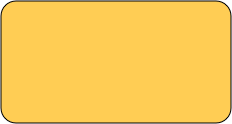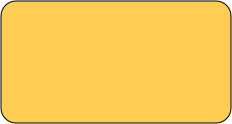Ask the experts for more details. But yes, The partitions of a quantum system (all possible ways that a quantum system can be divided into ``parts'') have a mathematical structure significantly different from, for example, the partitions of a set in set theory. In set theory you can choose a bi-partition A-B by going through each element of a set and deciding whether it belongs to subset A or B. Clearly, finite sets admit only a finite number of possible partitions. Analogously, a classical finite lattice can be divided into sub-volumes in a finite number of ways. For instance, this is a partition (A and B) of a two dimensional lattice:
For the quantum case, let us consider the extreme case of a lattice made of just two-spins, two qubits: A and B. As a set of classical points/events (manifold-description), this very trivial lattice can be partitioned only in one way: the site A on one side and the site B on the other.
However, a two-qubits quantum system is described by a four-dimensional Hilbert space. So, asking in how many ways the quantum system (subsystem-description) can be divided boils down to ask in how many ways we can decompose such a Hilbert space into the tensor product of two qubits. The answer is: infinite! In fact, given any orthonormal basis
one way of partitioning the quantum system is through the identification
where |0> and |1> are some choosen basis in the spin systems (A or B).
A different partition is defined by any other orthonormal basis (a’, b’, c’, d’) to use for the one to one correspondence above. All possible partitions of are thus given by the elements of the group SU(4) except that, within SU(4), there are also transformations that merely correspond to a change of basis in either of the two spin factors. These transformations have to be factored out since they don't change the partition, leaving us with the group SU(4)/SU(2)^2: those are all the inequivalent ways we can separate a two-spin! Even when of finite number, quantum degrees of freedom, can be split in an infinite number of ways. Not only can you choose whether some of them belong to, say, subsystem A or B, but, as opposed to the elements of a set or the sites of a lattice, you can unitarily mix them before the splitting, in such a way that they completely lose their individual identities.
See also:
In how many ways you can divide
a quantum system? Infinite!

























A
B





A
B